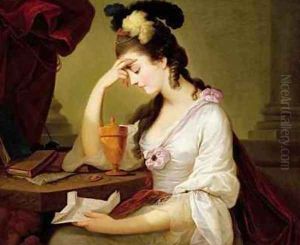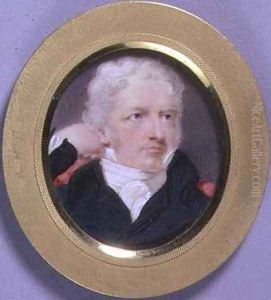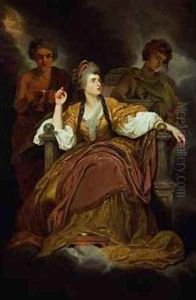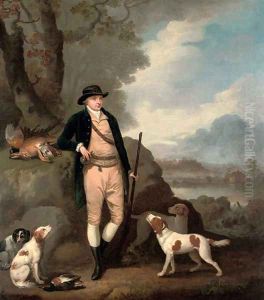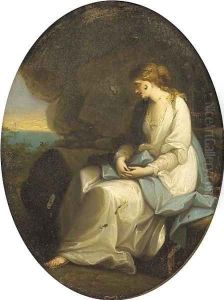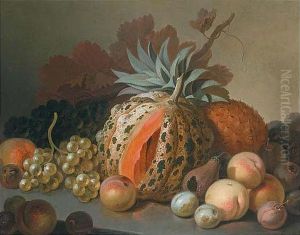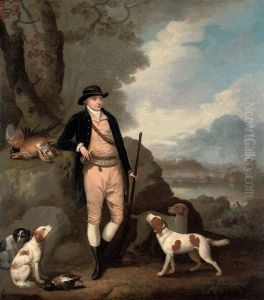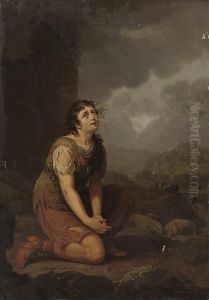Moses Haughton Paintings
Moses Haughton the Elder was an English engraver and draughtsman born in 1734, recognized for his contributions to the art of engraving in the 18th century. His works predominantly involved producing engravings after other artists' paintings, contributing significantly to the dissemination and appreciation of British and European art during his time. Haughton was closely associated with the burgeoning art scene in Britain, working alongside contemporaries who were instrumental in the establishment of the Royal Academy of Arts in 1768, though he himself was not a member.
Haughton's skill in engraving captured the nuances of the original paintings, allowing for the wider public to engage with artworks they might never see in person. His engravings covered a range of subjects, including portraits, landscapes, and historical scenes, showcasing his versatility and attention to detail. He worked on illustrations for books and periodicals, which was a popular method for artists to earn a living and reach a broader audience during the 18th century.
Despite his contributions to the arts, Moses Haughton did not gain the same level of fame as some of his peers. The reasons for this vary, but it is often attributed to the competitive nature of the engraving field at the time and the overshadowing presence of more prominent artists. However, his works remain appreciated by connoisseurs and historians for their technical skill and the role they played in the art world of the period.
Haughton's dedication to his craft extended until his death in 1804. The legacy of his work provides insight into the artistic and cultural milieu of 18th-century Britain, reflecting the tastes, interests, and technological advancements of the time. His engravings continue to be studied and admired for their historical value and artistic merit, ensuring his place in the annals of British art history.
